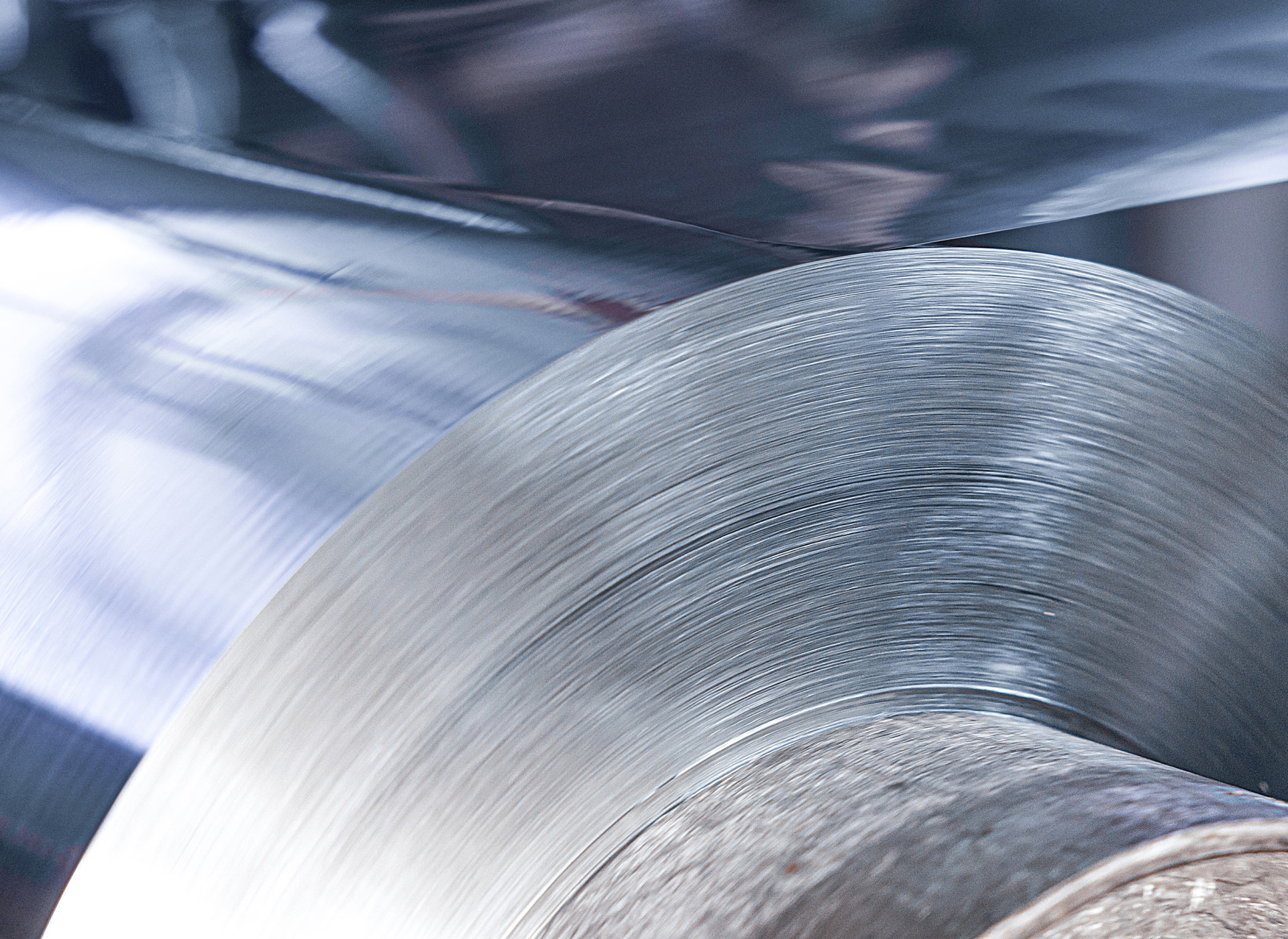Laminated Metal Foils – Functional Composites for Technology and Design

Laminating metal foils is a key process that enables the outstanding properties of metals to be combined with functional or aesthetic requirements across a wide range of industries. By bonding ultra-thin metal foils with suitable carrier materials, a composite is created that unites mechanical performance with specific physical or visual characteristics.
Especially in applications that demand tight tolerances, flexible processability, or defined surface properties, laminated metal foils offer an ideal balance between technical functionality and design freedom.
EppsteinFoils is one of the few specialized manufacturers focused on the precise lamination of ultra-thin non-ferrous metal foils - such as tin or lead - enabling a broad spectrum of applications in medical technology, electronics, sensors, and packaging.
Technological Foundations of Metal Foil Lamination
Lamination involves the permanent bonding of two or more layers - typically using adhesives or thermal techniques. The goal is to combine the individual advantages of each material into one high-performance composite. The choice of foil and carrier material depends on several factors, including thermal resistance, chemical stability, mechanical strength, and required barrier performance.
Typical substrates include technical polymers like PET, PE, polyimide, as well as paper, fabrics, or nonwoven materials. These are bonded to ultra-thin metal foils in specialized lamination lines. A key parameter is the bond strength between layers, which must prevent delamination or material failure under thermal or mechanical stress.
Packaging Solutions with Laminated Metal Foils
In the packaging industry, laminated metal foils provide tailored solutions for demanding applications. Tin foils are often combined with flexible substrates to ensure both mechanical protection and reliable barriers against moisture, oxygen, and light. Typical uses include:
- Pharmaceutical primary packaging
- Technical protective packaging
- Aesthetic wrappers for premium products
Thanks to their minimal thickness, laminated foils help reduce overall material use and weight - without compromising barrier integrity or forming capabilities. Especially in sensitive sectors like pharmaceuticals or food, laminated foils offer defined hygiene properties and thermal resistance.
Medical Technology: Functional Layers for Sensitive Applications
In medical technology, laminated metal foils are used in products such as body electrodes, defibrillator foils, or shielding materials. These applications require strict adherence to specifications for biocompatibility, electrical conductivity, and thermal stability.
By combining tin foil with specific polymer layers, EppsteinFoils enables the creation of flexible electrode structures for both disposable and long-term use. Our laminated systems are tailored to customer needs - with options such as integrated adhesive layers, laser-markable surfaces, or defined conductive paths. High material purity and micro-level precision ensure safe and reliable use in medical devices and systems.
Sensors and Electronics - Tailored Functional Structures
Laminated metal foils are essential in sensor technology and electronics. They are used as:
- Flexible circuits
- EMI shielding materials
- Substrates for printed electronics
Laminating metal foils to dielectric materials opens up numerous design options for compact, high-density components. In wearables, flexible electronics, and RFID applications, processability and material integrity are critical.
The metallic layer - such as tin or (in other industries) copper or aluminum - provides excellent conductivity, while the laminated layer offers structural support, insulation, or environmental protection.
Laminated Foils as a Design Element
Beyond technical function, laminated metal foils also serve aesthetic purposes. In consumer products, interior design, and premium branding, the metallic finish creates a high-quality visual effect that can be further refined through substrate selection. Embossing, texturing, or color accents can be integrated directly into the lamination process.
This blend of technical functionality and design appeal highlights the versatility of laminated metal foils. At EppsteinFoils, we see ourselves not only as a producer, but as a development partner - supporting our clients in creating innovative material solutions with precise, reliable performance.